It's Friday but the week is far from being over. This morning I went to visit two exhibitions because I didn't want to miss them. My next week is going to be packed, so I thought let's visit them both.
The title of the exhibition was Islands and you could see photos from Iceland, Norway, Tenerife, Azores, taken by Zsolt Timár, a very talented photographer.
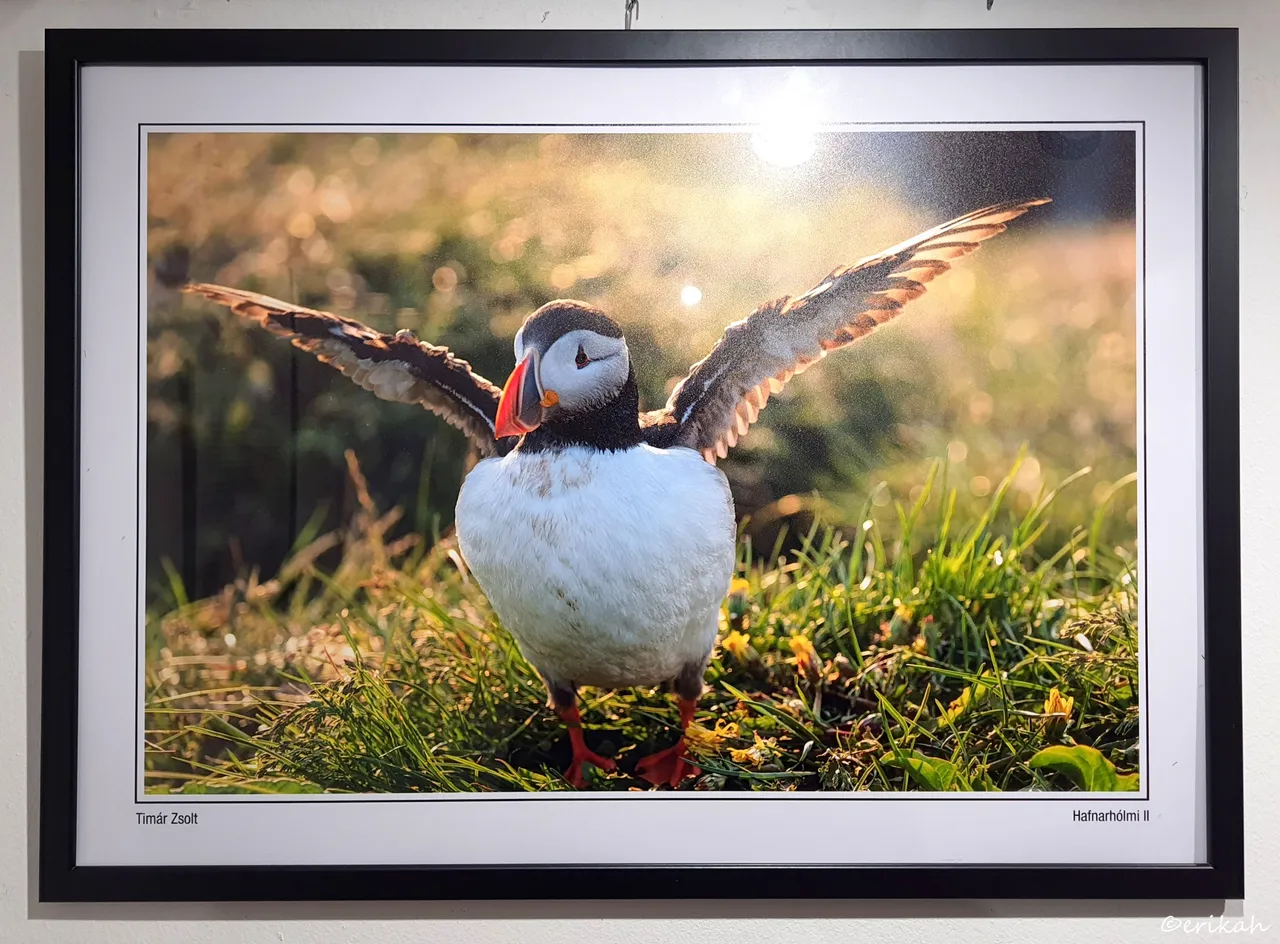
Hafnarhólmi II
Hafnarhólmi is in Iceland, Europe, if you're wondering,
Hafnarhólmi rock (in the Eastfjords) is one o the safest places to observe (atlantic) puffins and many other species of migratory birds (Fulmar, Kittiwake and Common Eider). source
This means the cute birdie you see on the photo is an Atlantic puffin.
The Atlantic puffin (Fratercula arctica), also known as the common puffin, is a species of seabird in the auk family. It is the only puffin native to the Atlantic Ocean; two related species, the tufted puffin and the horned puffin are found in the northeastern Pacific. The Atlantic puffin breeds in Russia, Iceland, Ireland, Norway, Greenland, Newfoundland and Labrador, Nova Scotia, and the Faroe Islands, and as far south as Maine in the west and France in the east. source
Needless to say, I've never seen an Atlantic puffin before as the climate of my country is not suitable for them, but I'm glad to learn something through this photo. I like this cutie, especially the colorful beak is interesting. Would be nice to know if they are friendly, or not.
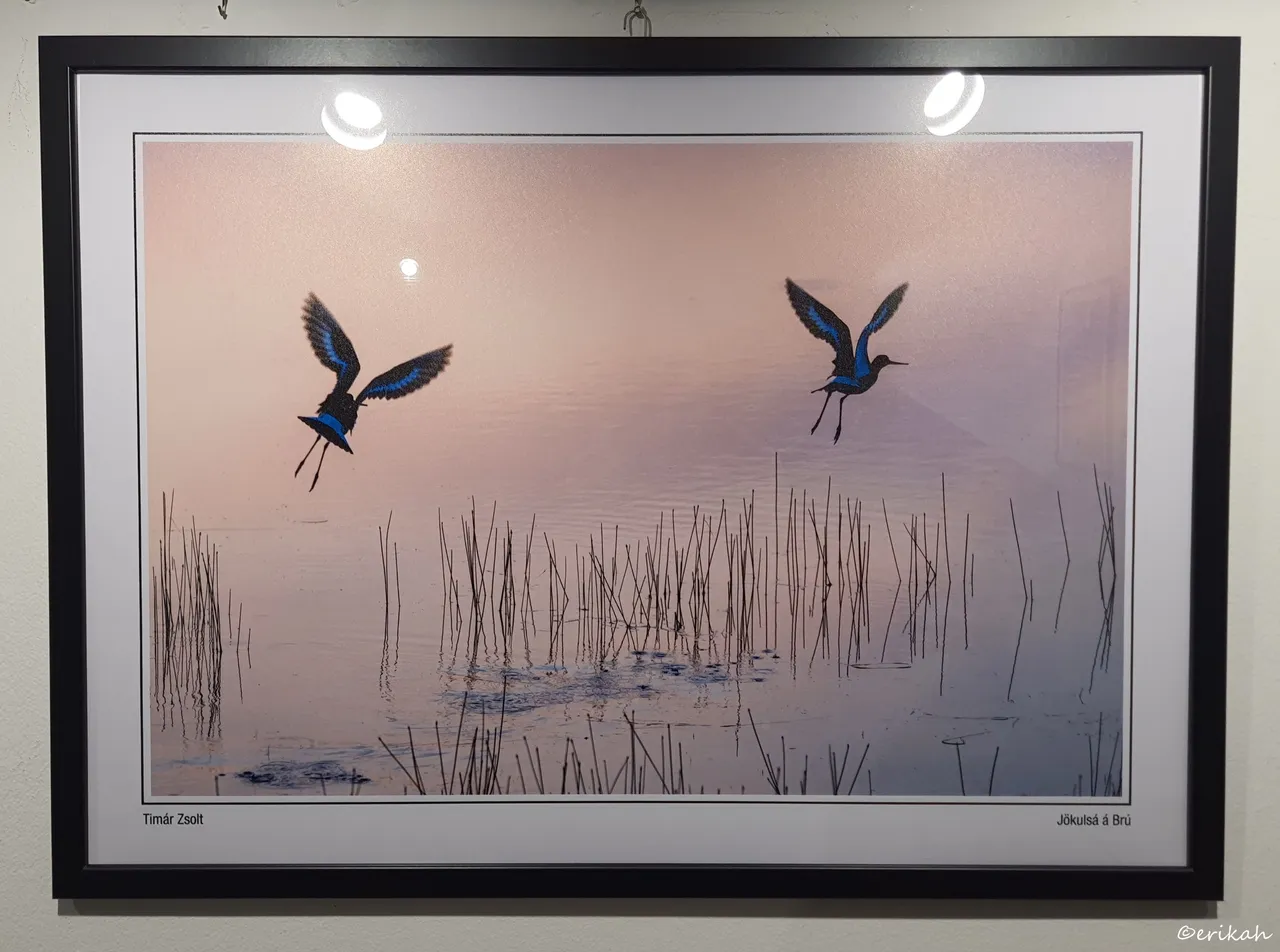
Jökulsá á Brú
Seeing photos like the one above makes you realize how limited your photography is. I'm not speaking about technical skills, but about themes as well. Not living next to water restricts you, but I'm glad I have the chance to see the beauty of nature at these exhibitions. I've never seen such birds and find them lovely, with those blue feathers. The very light purple background makes it more beautiful.
You know what's interesting here? This scene has been created entirely by mother nature, but the art of being in the right place the right time is the art of the photographer. Imagine, how many similar scenes are there all over the world and how many go unnoticed because no one is taking photos.

Snaefellsnes
If you haven't figure it out yet, the titles given here refer to the location where these photos have been taken. Snaefellsnes is a large peninsula in West Iceland. This is a wonderful photo, due to the lovely moment caught on camera. It's not easy to catch such a moment, I can guarantee you. I had a somewhat similar photo taken last year, but it was nowhere near this good. It made me smile though, because I'm planning to post some horse photos in the upcoming days.
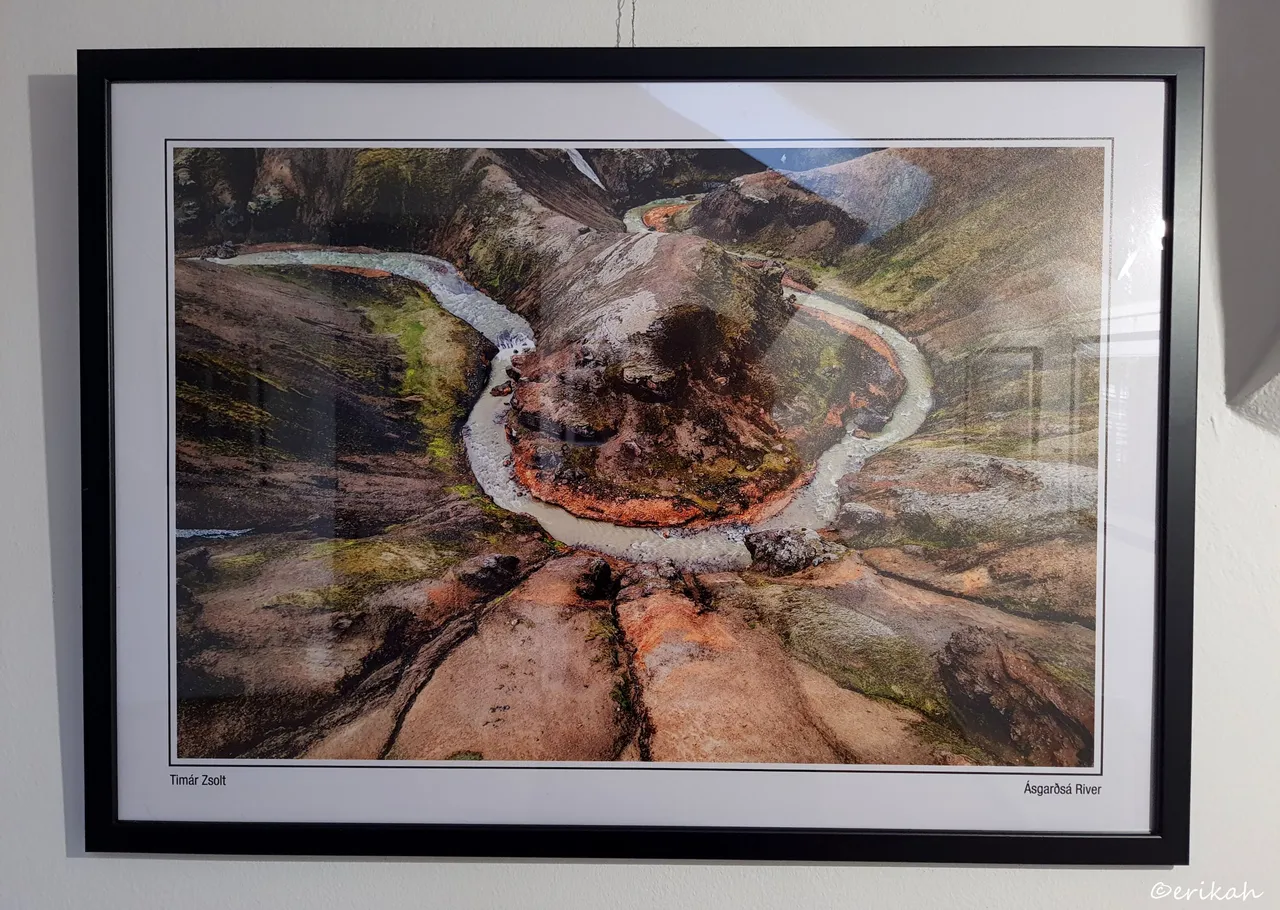
Ásgarðsá River
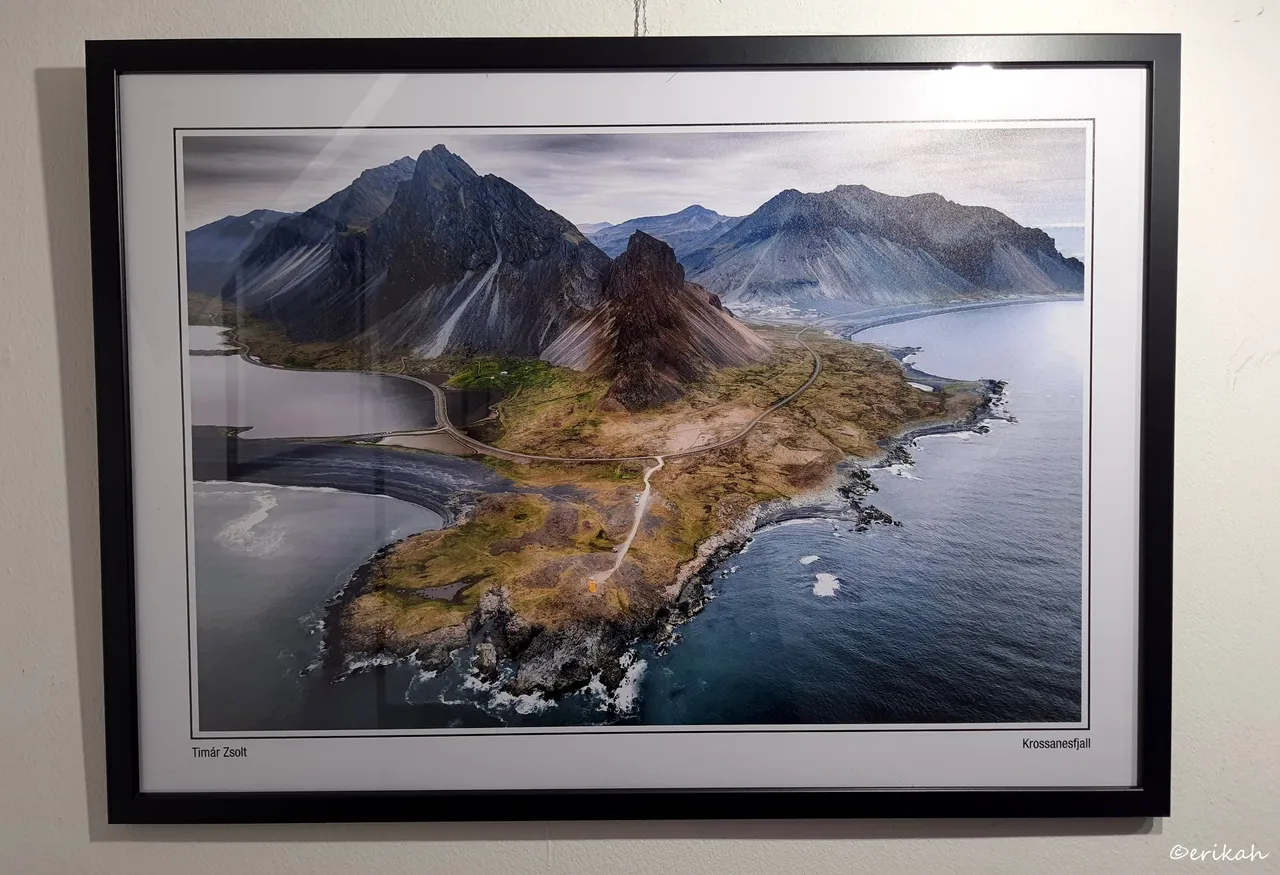
Krossanesfjall
If I were to choose, this would be one of my favorites, for the obvious reasons. The blue water, the blue mountains and the blue sky goes perfectly with the color of that piece of land. I don't know if this is a drone photo or taken by the photographer, but it's gorgeous. Imagine what the place must be like. I think I would site there all day, admiring the view.
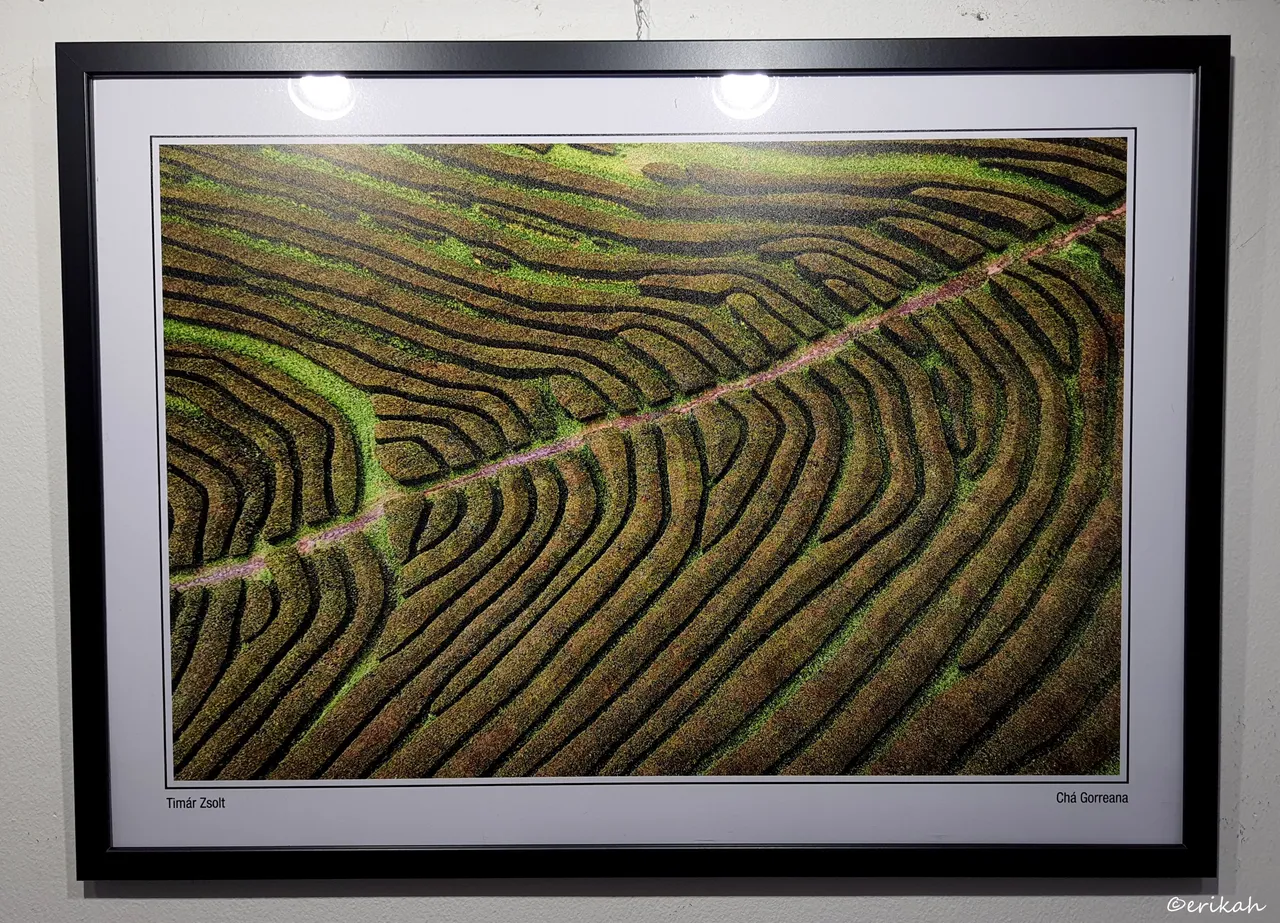
Chá Gorreana
At first it looks like a labyrinth, but it's not. After some investigations I was able to find out, the Cha Gorreana is a tea plantation and it is located on the island of Sao Miguel in the Azores. Looks like it is the oldest tea plantation in Europe. There are videos on YouTube about it and after watching a couple, I think this place found itself on my list. It's definitely a place that worth visiting.
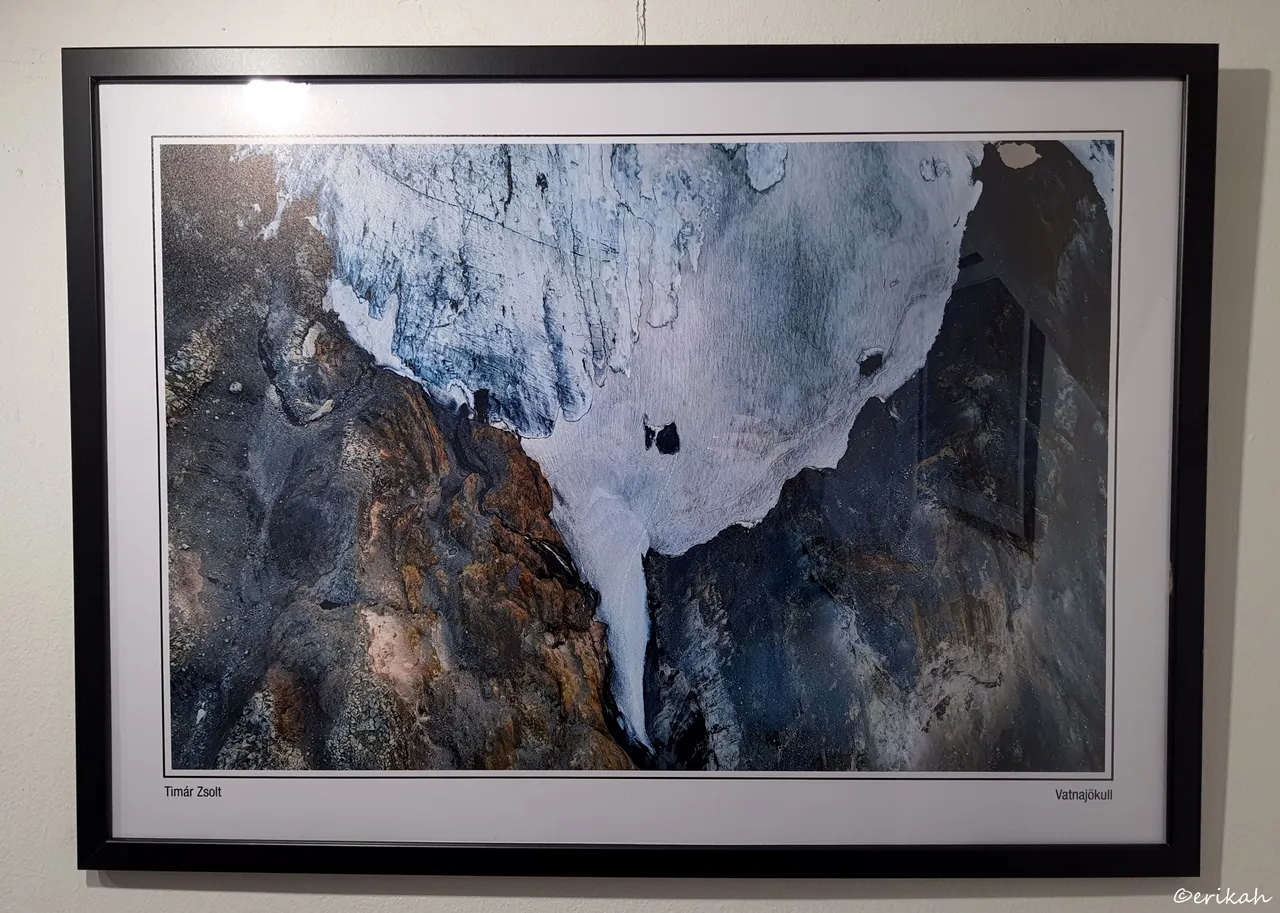
Vatnajökull
Vatnajökull (literally "Glacier of Lakes"; sometimes translated as Vatna Glacier in English) is the largest and most voluminous ice cap in Iceland, and the second largest in area in Europe after the Severny Island ice cap of Novaya Zemlya. It is in the south-east of the island, covering approximately 10% of the country. The average thickness of the ice is 380 m (1,250 ft),[1] with a maximum thickness of 950 m (3,120 ft).
Under the ice cap, as under many of the glaciers of Iceland, there are several volcanoes. Eruptions from these volcanoes have led to the development of large pockets of water beneath the ice, which may burst the weakened ice and cause a jökulhlaup (glacial lake outburst flood). During the last ice age, numerous volcanic eruptions occurred under Vatnajökull, creating many subglacial eruptions. source
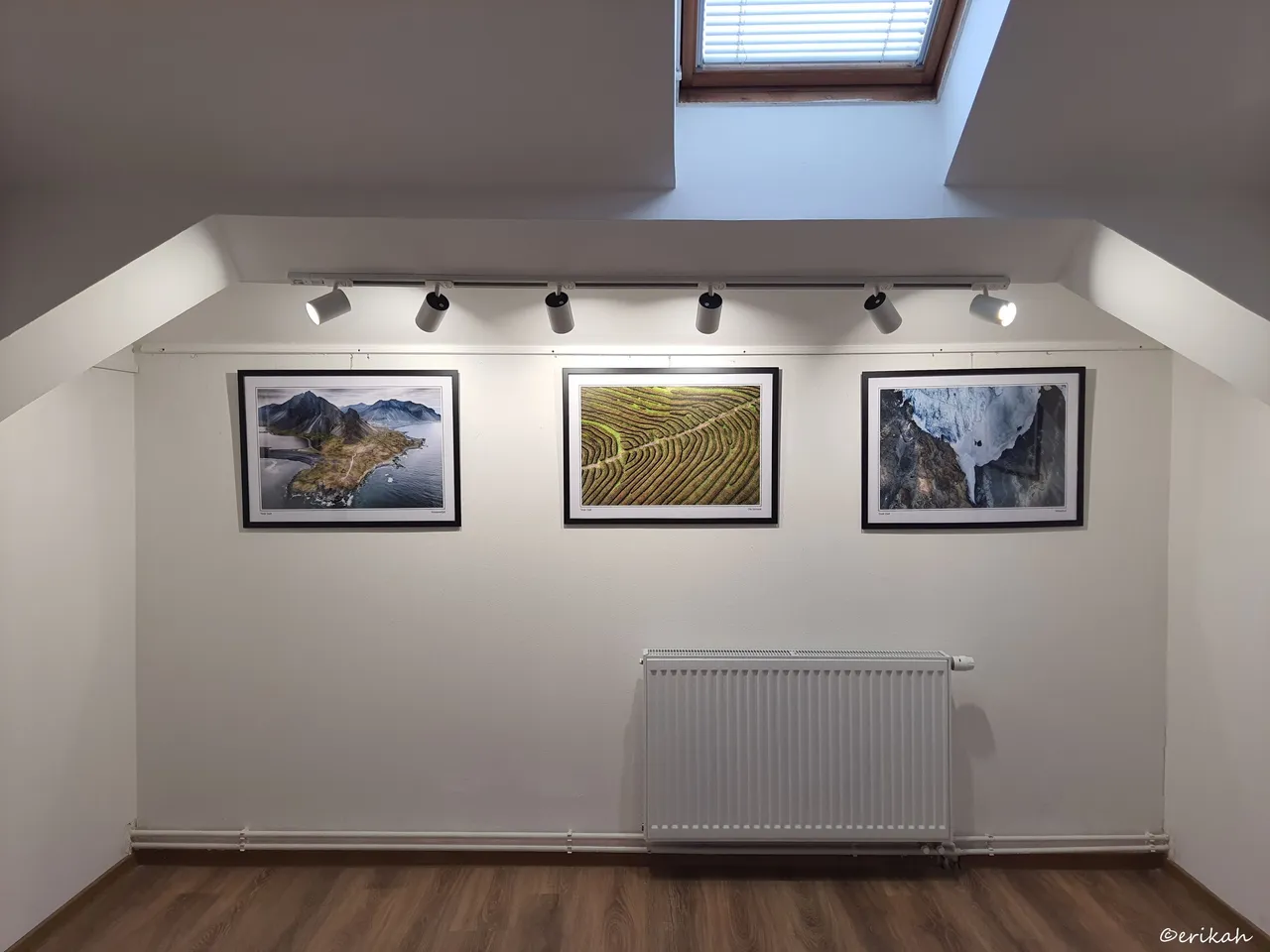
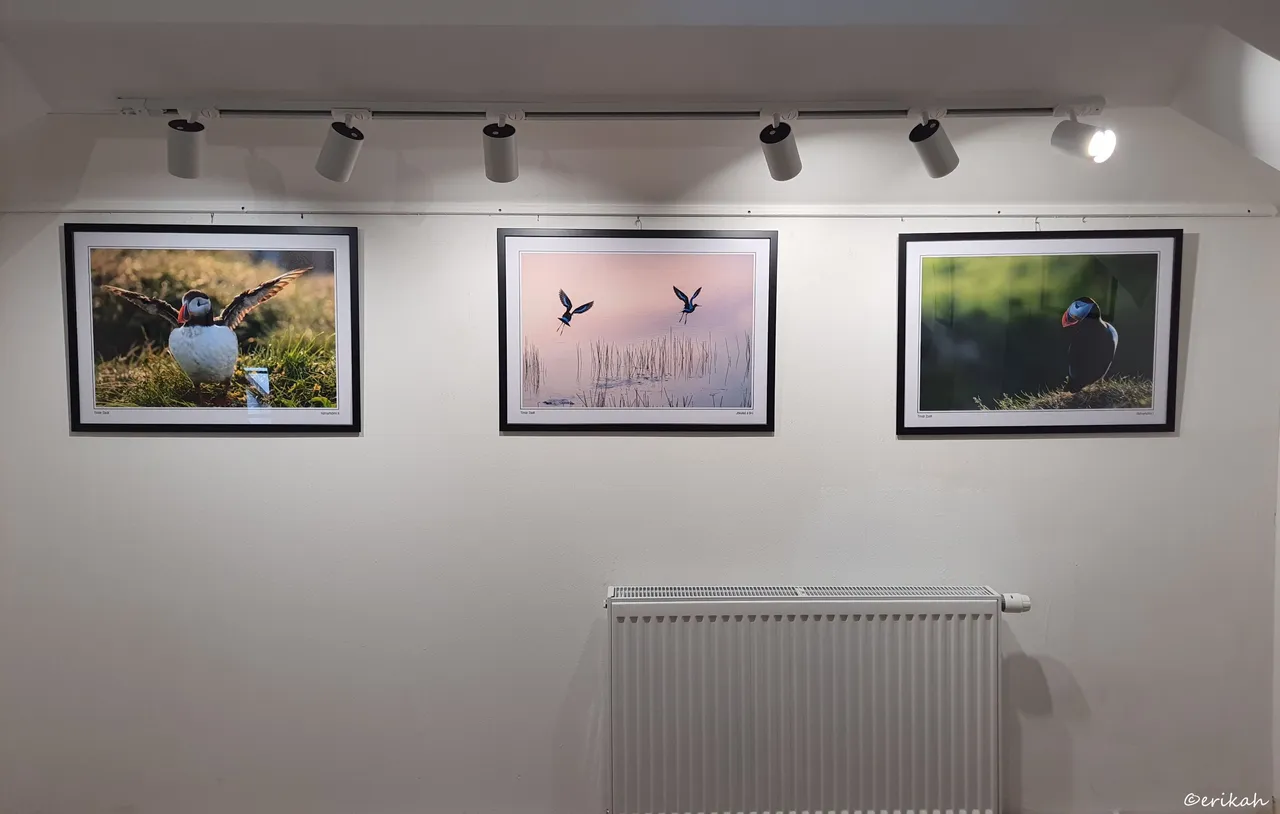
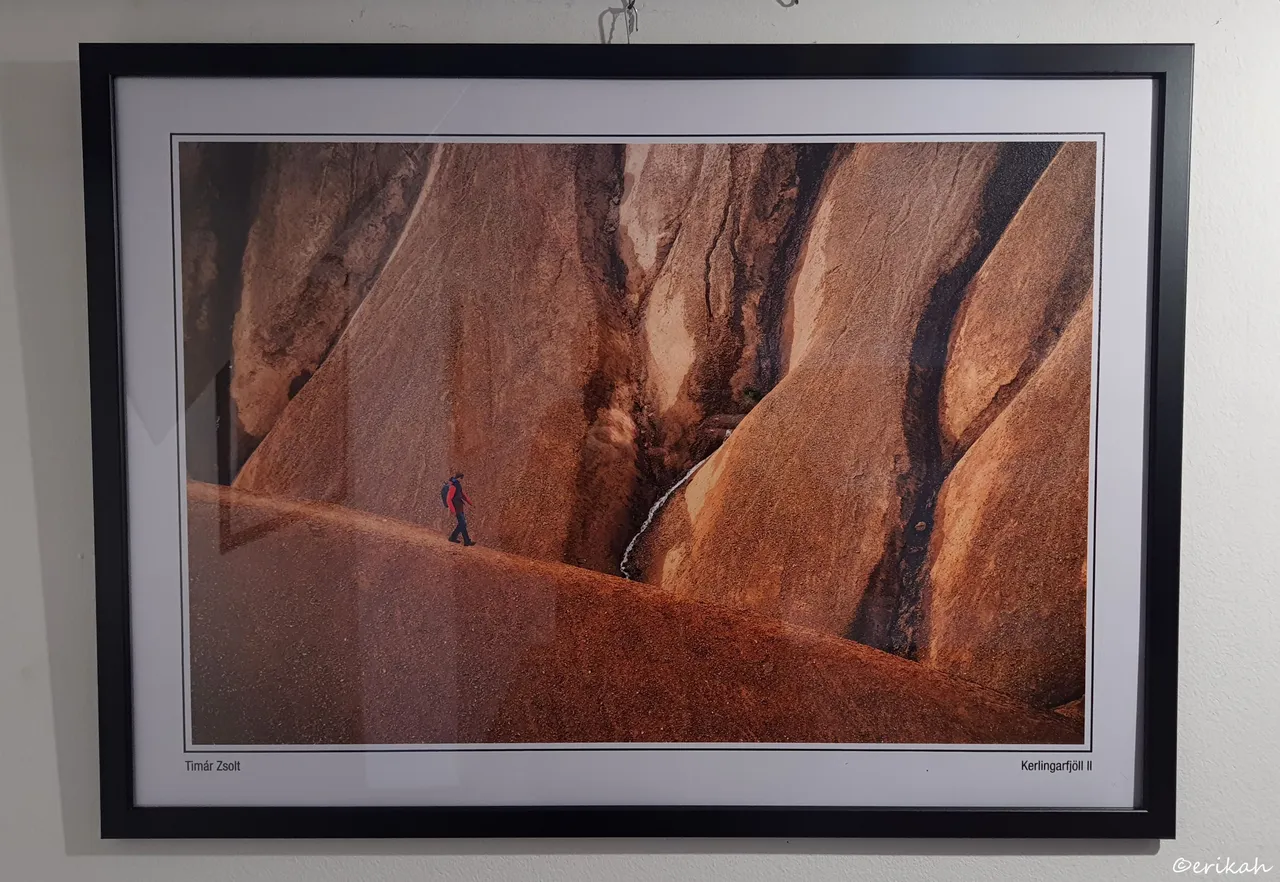
Kerlingarfjoll II
Kerlingarfjöll is a 1,477 m (4,846 ft) tall mountain range in Iceland situated in the Highlands of Iceland near the Kjölur highland road. They are part of a large tuya volcano system of 100 km2 (39 sq mi). source
While I was looking at this photo, was imagining myself walking down the path the man walking on the photo. These are rare places you don't find on every corner, due to the volcano's presence and mother nature's work.
I bet many of you imagined some fancy tourist islands with people sipping cocktails and fancy beaches, when you saw the title. Well, these islands are very different and seeing the photos at the exhibition, made me want to visit these places. Their beauty and uniqueness is something you don't want to miss.
Let's see which one is your favorite. Let me know in a comment.

If you're a newbie, you may want to check out these guides:
- Communities Explained - Newbie Guide
- Cross Posting And Reposting Explained, Using PeakD
- Hive Is Not For Me
- How To Pump Your Reputation Fast - Newbie Guide
- Tips And Tricks & Useful Hive Tools For Newbies
- More Useful Tools On Hive - Newbie Guide
- Community List And Why It Is Important To Post In The Right Community
- Witnesses And Proposals Explained - Newbie Guide
- To Stake, Or Not To Stake - Newbie Guide
- Tags And Tagging - Newbie Guide
- Newbie Expectations And Reality
- About Dust Vote And Hive Reward Pool, by libertycrypto27
